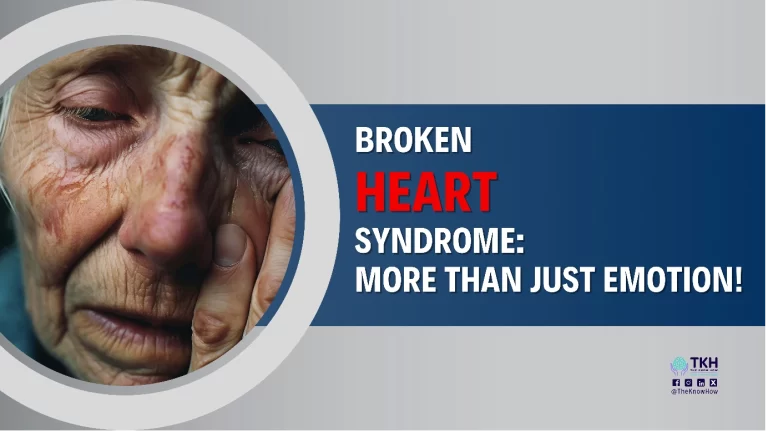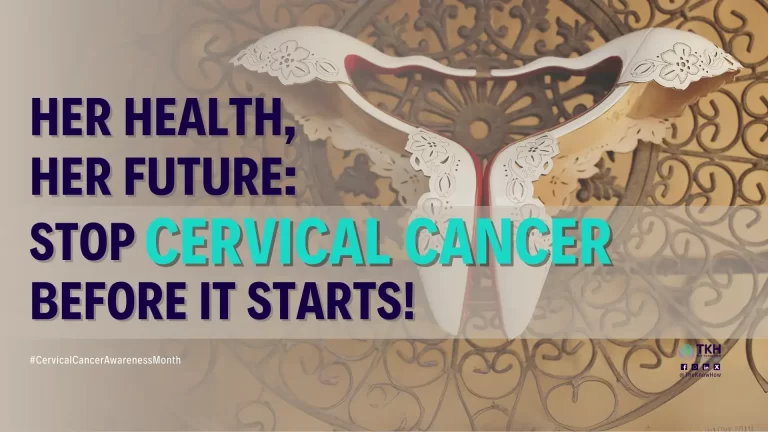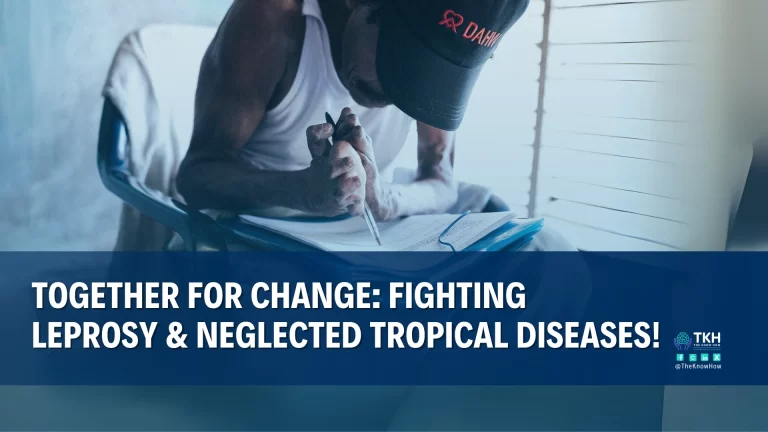
What Happens to the Body Under Extreme Heat?
The human body’s normal temperature ranges between 36.5°C to 37.5°C (97.7°F to 99.5°F). To keep cool, the body sweats and increases blood flow to the skin. However, during extreme heat or high humidity, these mechanisms can fail.
When the body temperature rises above 40°C (104°F), it may lead to heat stroke, a serious and potentially fatal condition.
Recognizing Heat-Related Illnesses Early
Heat cramps: Muscle pains or spasms, usually during physical activity.
Heat exhaustion: Characterized by heavy sweating, weakness, dizziness, nausea, and fainting.
Heat stroke: A medical emergency where the body’s internal temperature becomes dangerously high, often above 40.
Know the Signs of Heat Stroke (Medical Emergency)
What to Do When Someone Shows Symptoms?
Call emergency services immediately!
Move the person to a cooler area.
Cool them with wet clothes or ice packs around the neck, armpits, and groin.
Do not give fluids if they are unconscious.
Who Is Most at Risk in Extreme Heat?
- Outdoor workers (construction, delivery, etc.)
- Infants and young children.
- Elderly people.
- People with heart, kidney, or respiratory diseases.
- Athletes and those engaging in intense outdoor exercise.
How to Stay Safe in the Heat: Key Precautions
Before Exposure:
Stay informed: Monitor local heat alerts from trusted sources.
Dress wisely: Wear lightweight, loose-fitting, and light-coloured clothing.
Hydrate: Drink water regularly, even if you’re not thirsty.
Plan: Avoid strenuous activities during peak heat hours (12–4 PM).
During Exposure:
Take breaks: Rest in shaded or air-conditioned places.
Use sun protection: Hats, sunglasses, and SPF 30+ sunscreen.
Watch out for symptoms: Keep an eye on yourself and others for early signs of heat exhaustion.
At Work:
Follow your workplace safety policies during extreme heat.
Rotate work shifts and increase rest periods in high temperatures.
Ensure access to drinking water and shaded rest areas.
Protect the Vulnerable
Never leave children or pets in cars, even for a few minutes.
Check in on elderly family or neighbours during heatwaves.
Help others recognize the symptoms of heat-related illness.
Every summer, thousands of people are hospitalized and some even die due to preventable heat-related illnesses. Raising awareness and taking simple precautions can save lives. Whether you’re an employer, a healthcare provider, or just someone enjoying the outdoors, your actions matter.
Source:
Reaching the Last Child – Together We End Polio Forever
World Arthritis Day – Understanding, Preventing, and Managing Joint Pain
World Mental Health Day 2025: When Crises Strike, Mental Health Must Not Be Left Behind
Memorable Cardiology Quotes
Don’t Miss a Beat: Protect your heart!
Polycystic Ovary Syndome (PCOS): Know the signs, take action!
Rare Genetic Disorder: Awareness, Diagnosis & Support
Spinal Muscular Atrophy (SMA): Understanding a Genetic Disorder!
Psoriasis Awareness Month – Sensibilisation et Solutions!
Related Posts
- Summertime - Beat the Heat
As you lose high amounts of your body fluids during hot summer, you should usually…
- What happens to our medicines in the summer heat?
How can we keep tablets, sprays, drops, injectables, and other medications effective during the hot…
- Dengue Fever: Symptoms, Risks, and Prevention Tips
[wpdreams_ajaxsearchlite] Dengue Fever: A Global Threat You CAN Fight! Prevention is the most powerful tool…



